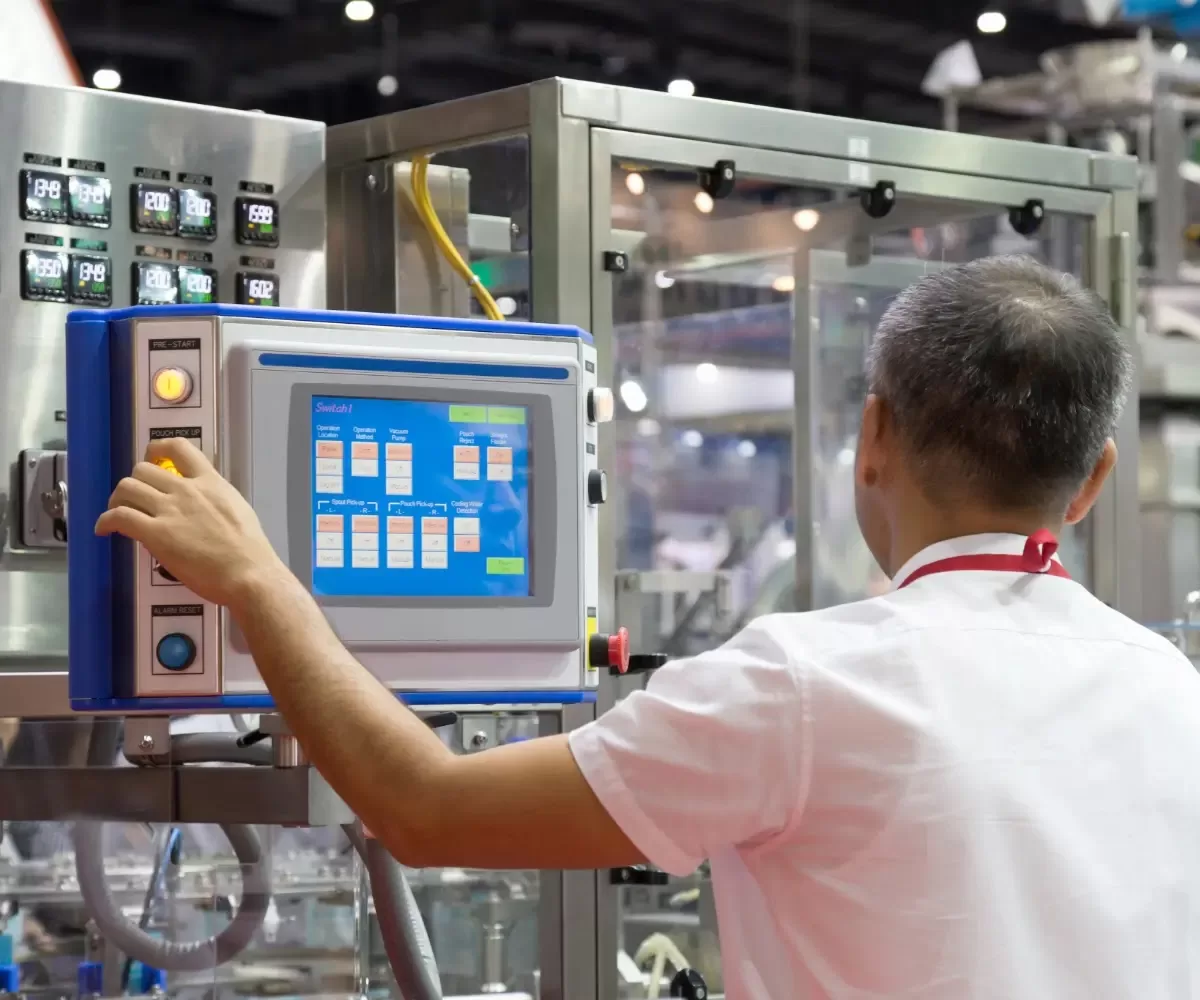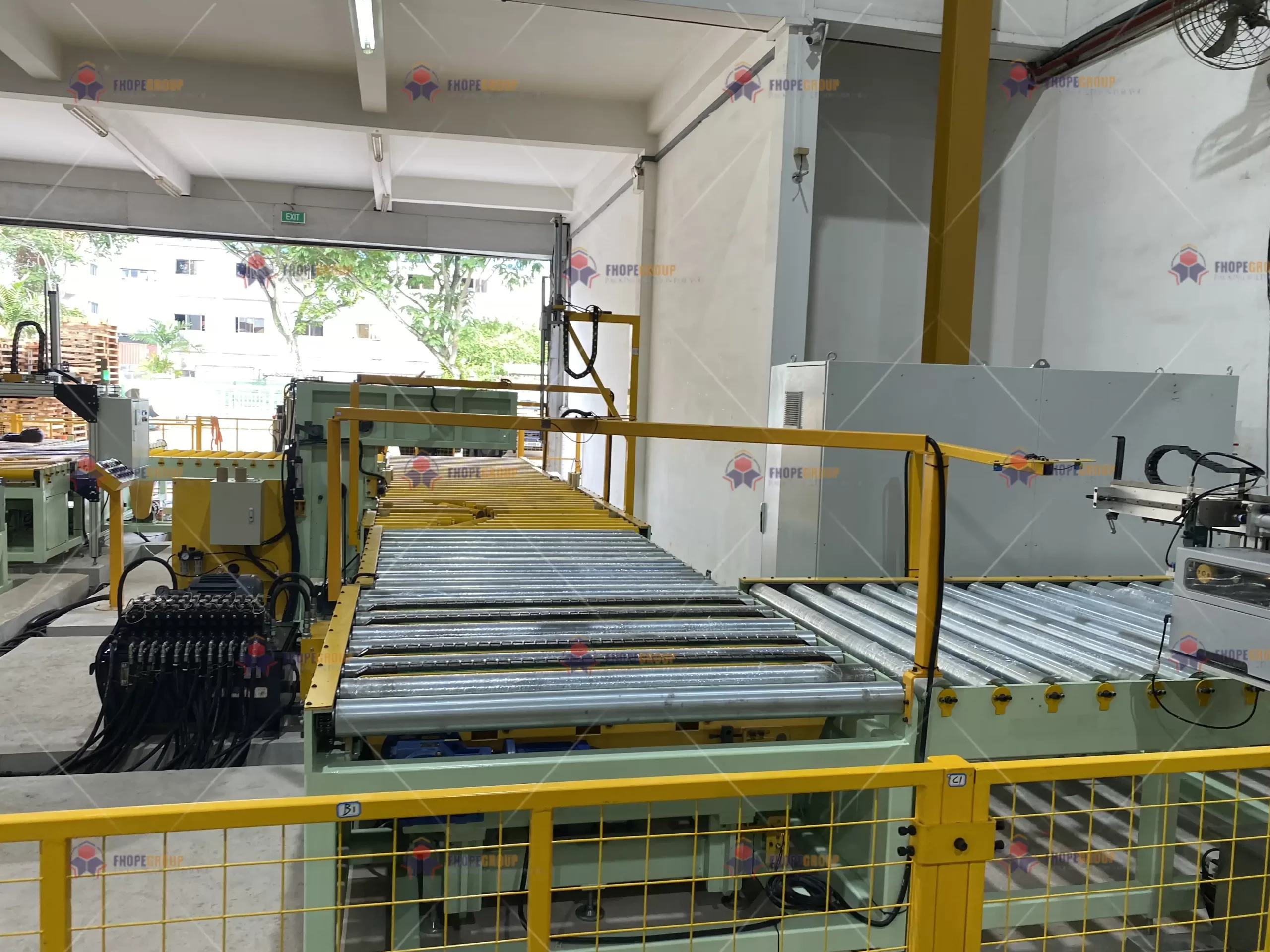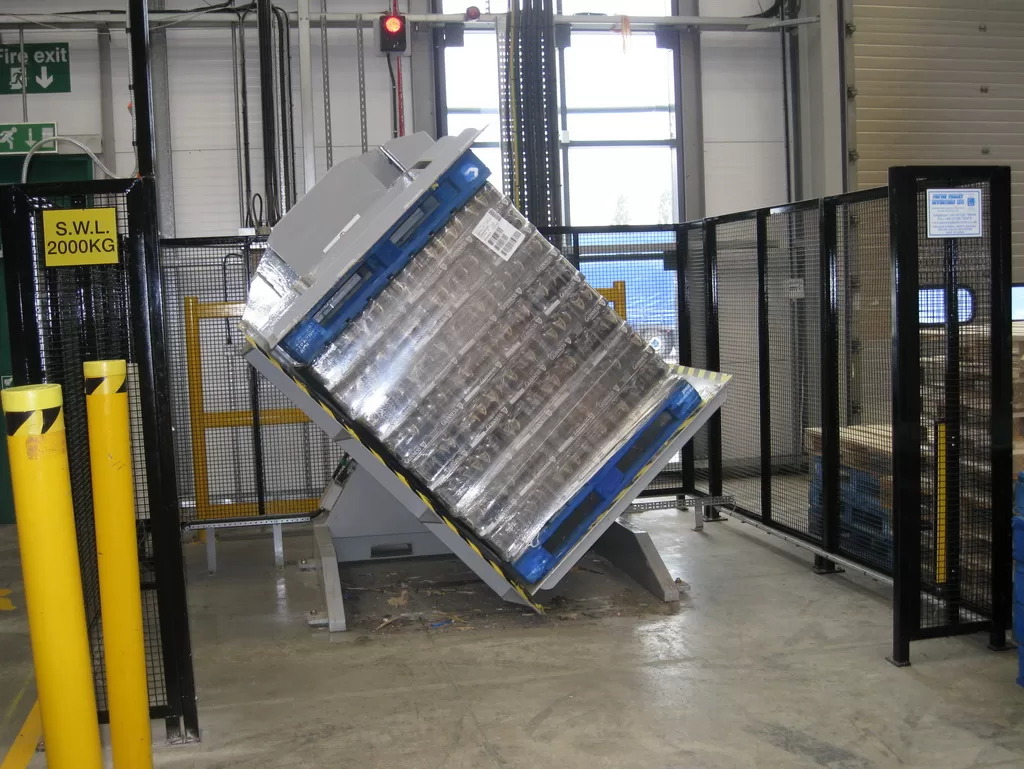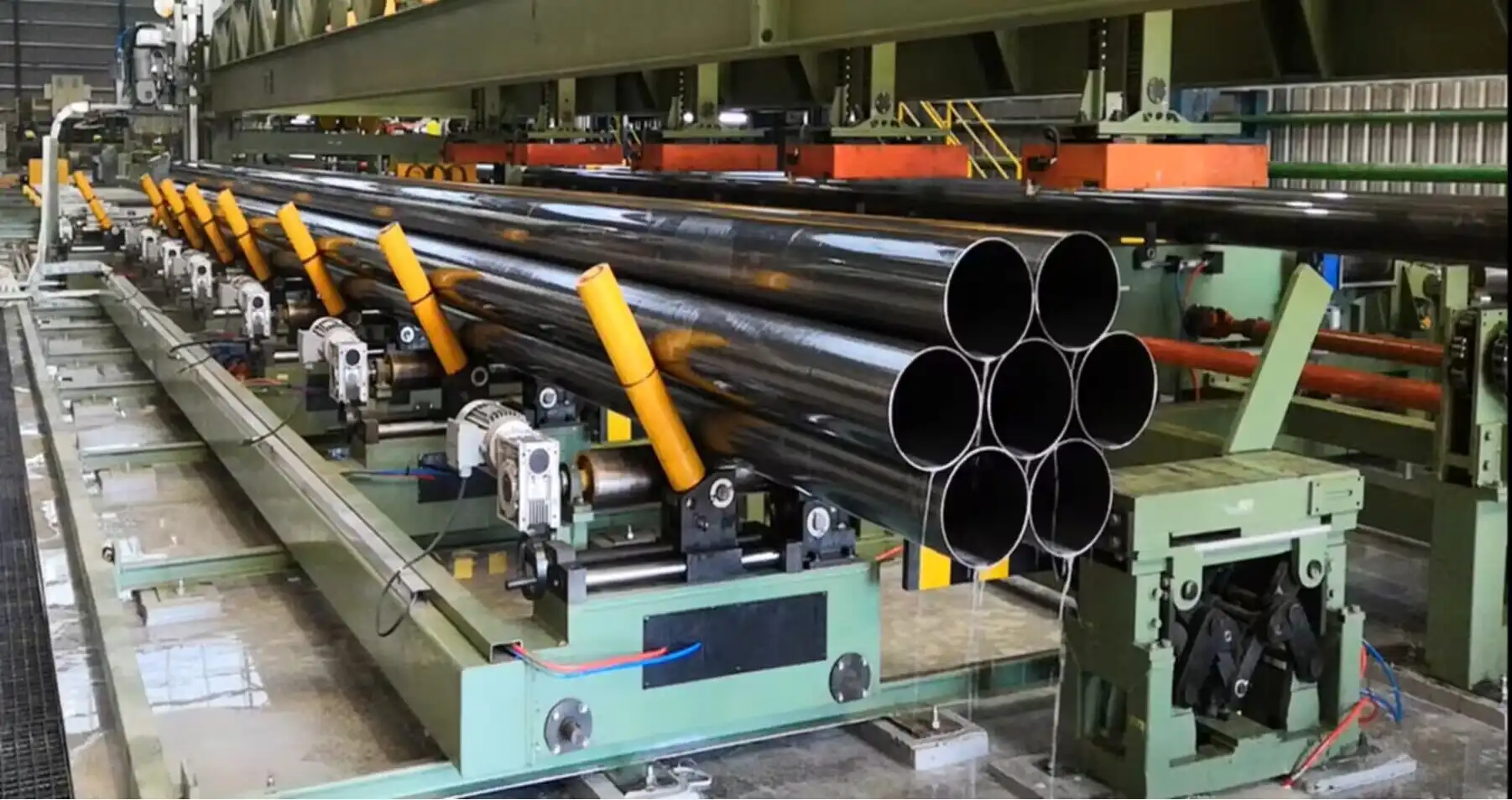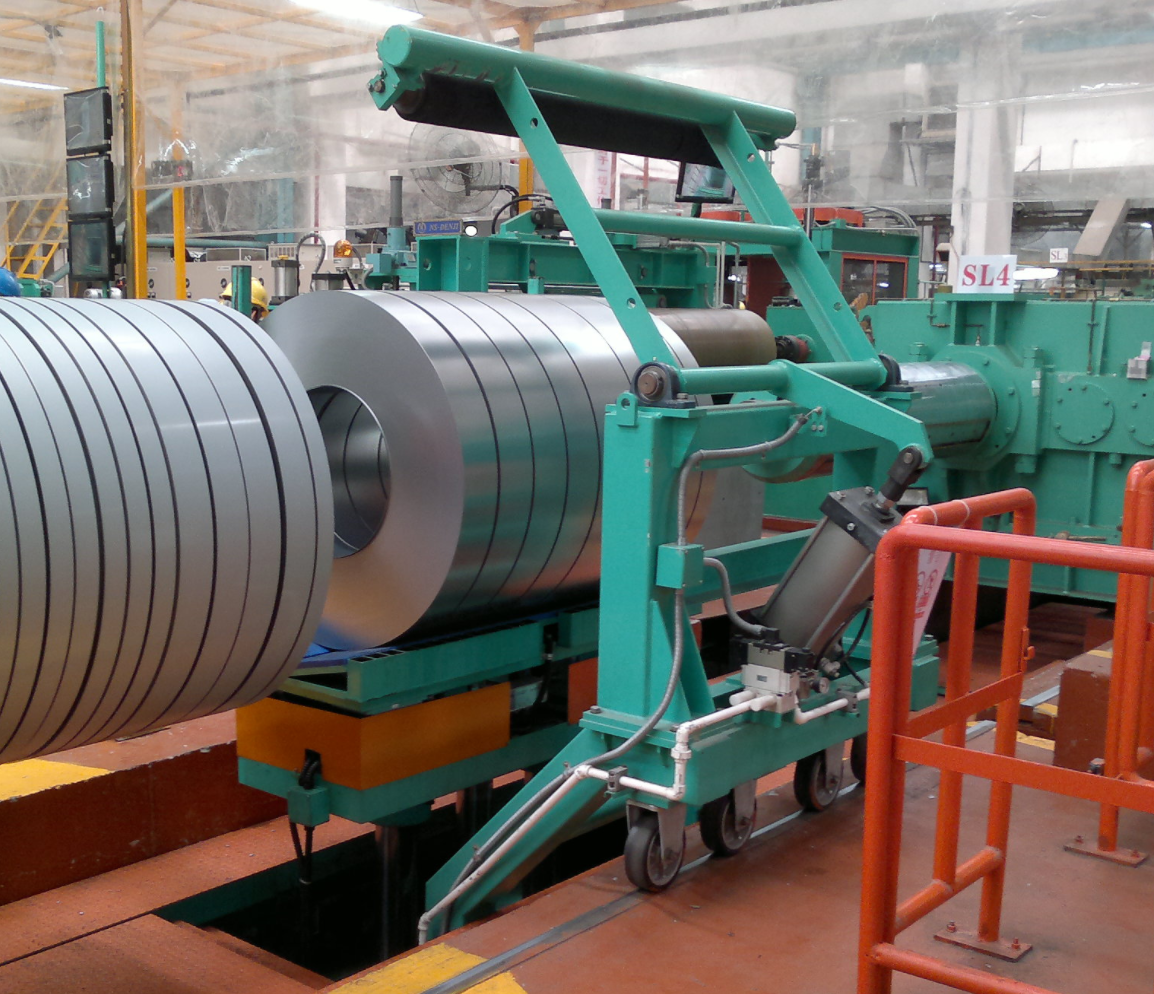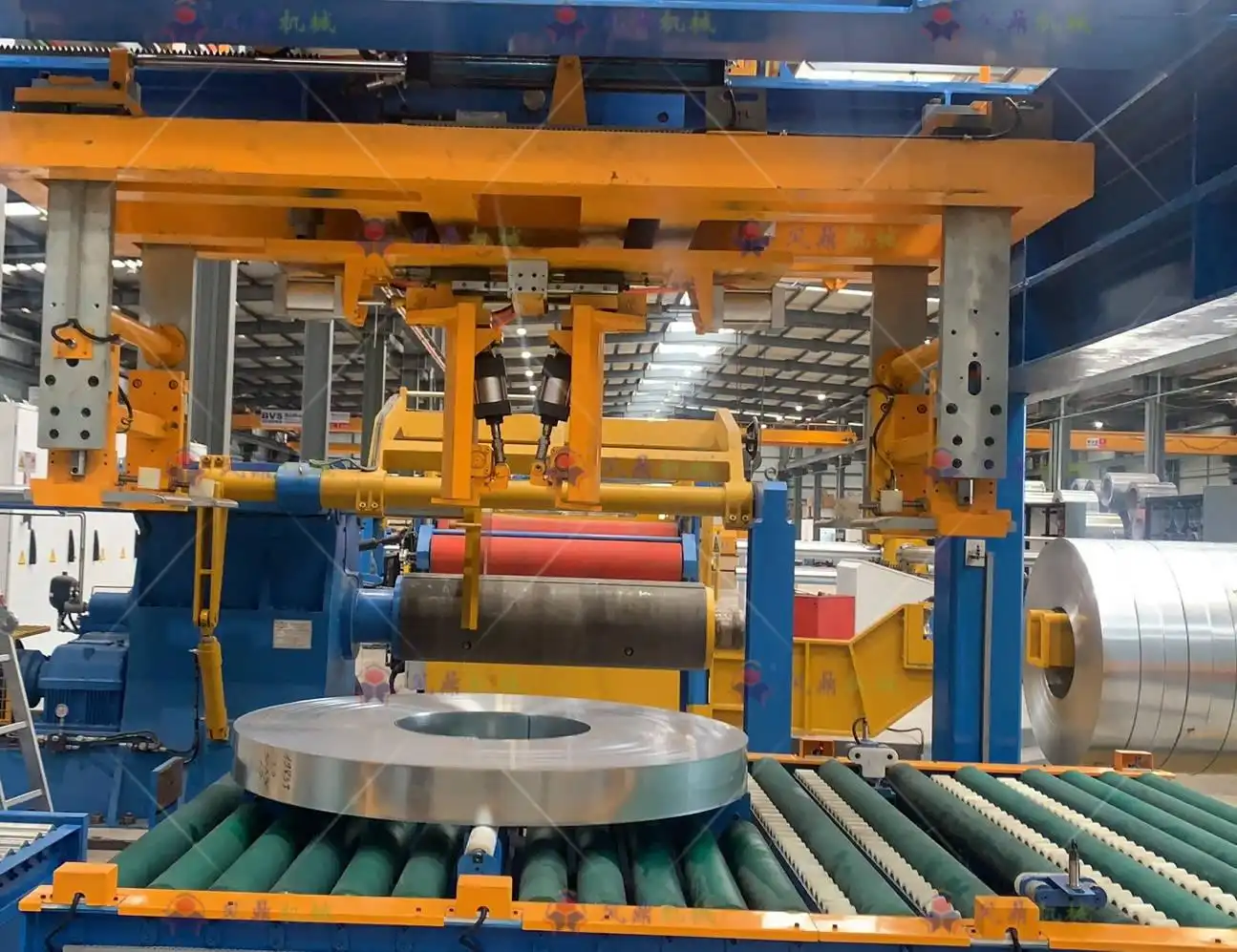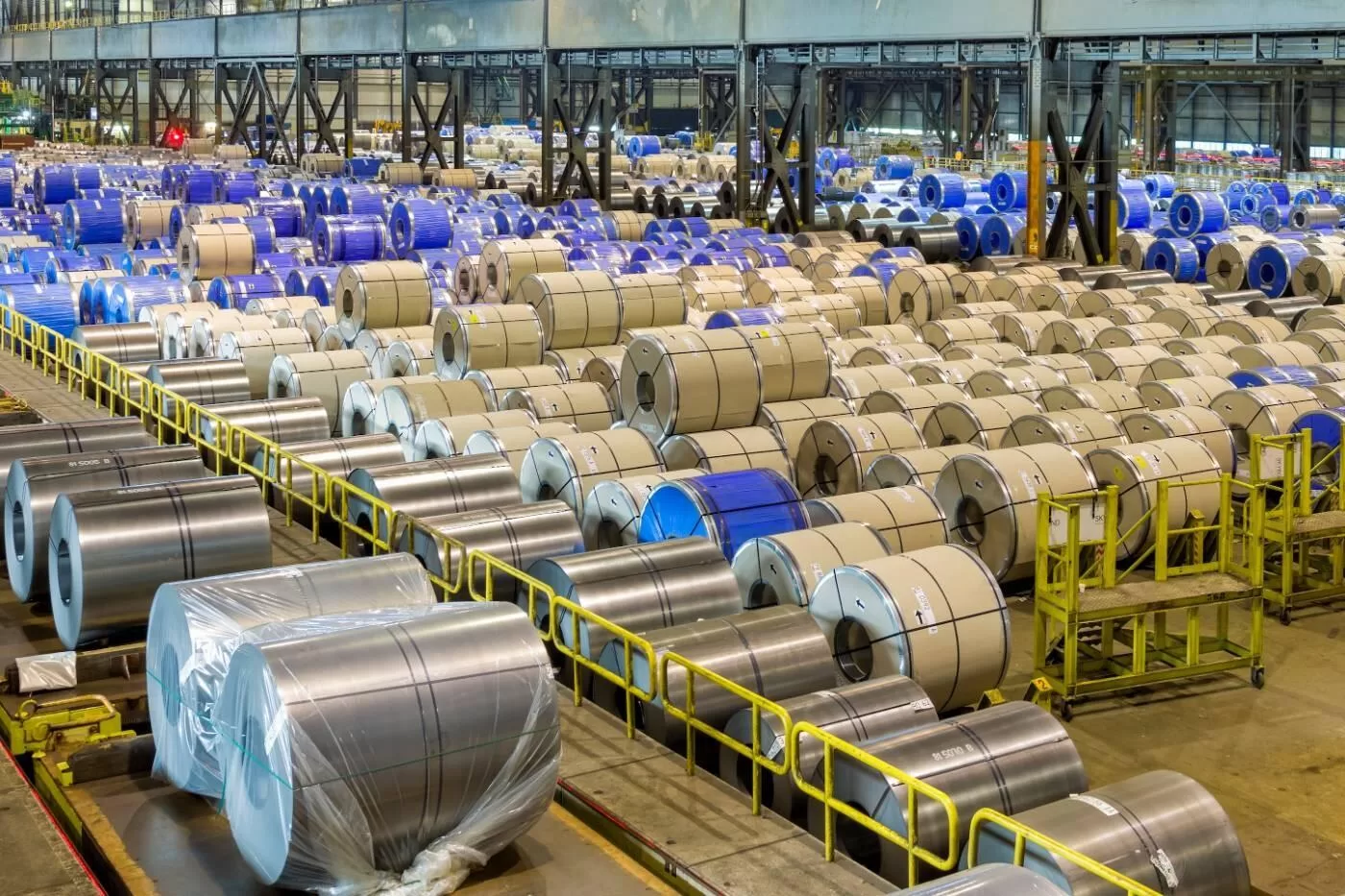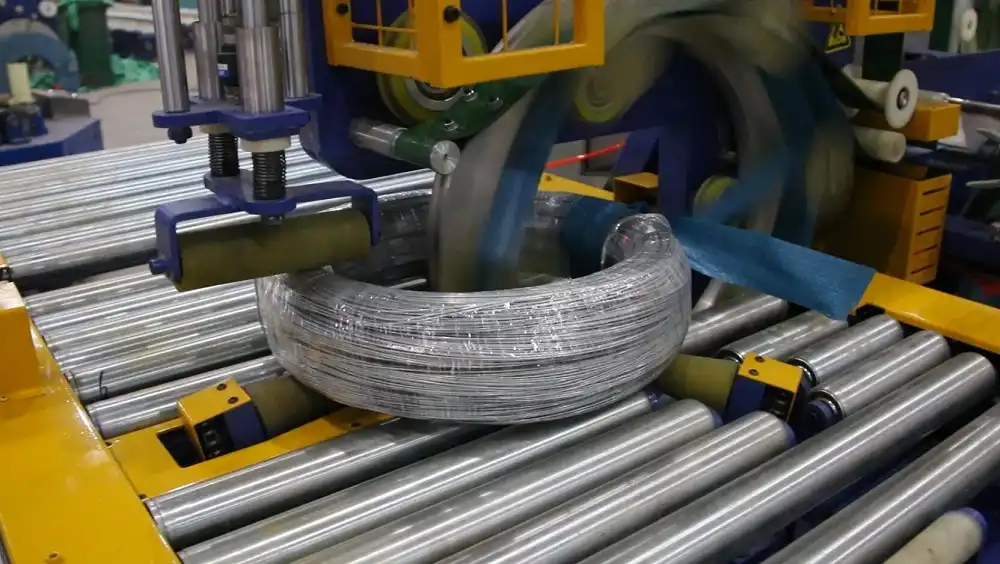# Hygienic design in food packaging lines is crucial for minimizing contamination risks and ensuring food safety. Utilizing food-grade stainless steel, smooth surfaces, proper welding, and easy-to-clean designs reduces the risk of microorganisms and ensures consumer safety.
Introduction: The Imperative of Hygienic Design
In the realm of food production, the stakes are high. Microbial contamination can lead to costly recalls and, more importantly, pose serious health risks to consumers. With the rise of minimally processed foods, which are more susceptible to contamination, maintaining stringent hygiene standards throughout the manufacturing process is paramount. This is where hygienic design steps in, offering a proactive approach to food safety.
Hygienic design isn’t just about cleanliness; it’s a holistic strategy that integrates cleanliness into the very blueprint of food processing equipment and facilities. It’s about preventing microbial build-up, minimizing the risk of foreign body contamination, and ensuring that cleaning and sanitation processes are as effective as possible. By "building in" hygiene from the start, food manufacturers can achieve superior control over product safety and quality.
Key Principles of Hygienic Design
Hygienic design focuses on several core principles that guide the construction and operation of food processing and packaging lines:
- Material Selection: Utilizing materials that are inert, corrosion-resistant, and easy to clean is fundamental. Stainless steel, particularly austenitic chromium-nickel-molybdenum stainless steel (e.g., stainless steel 1.4404), is often the material of choice due to its durability and hygienic properties. EU and FDA-compliant plastics, such as POM or silicone, can also be suitable for specific applications.
- Surface Finish: Smooth, non-porous surfaces are essential to prevent the adhesion and accumulation of food residues and microorganisms. Surface roughness should be minimized, ideally with an Ra value of ≤0.8 µm for food contact surfaces. Polishing or other surface treatments may be necessary to achieve this level of smoothness.
- Design and Construction: Equipment design should prioritize cleanability and prevent the formation of niches, crevices, and dead spaces where bacteria can thrive. All components should be easily accessible for cleaning and inspection.
- Welding: Proper welding techniques are vital for creating hygienic equipment. Welds should be smooth, continuous, and free of defects such as voids, pinholes, and cracks. For food contact surfaces, continuous welding is mandatory to eliminate potential harborage points for bacteria.
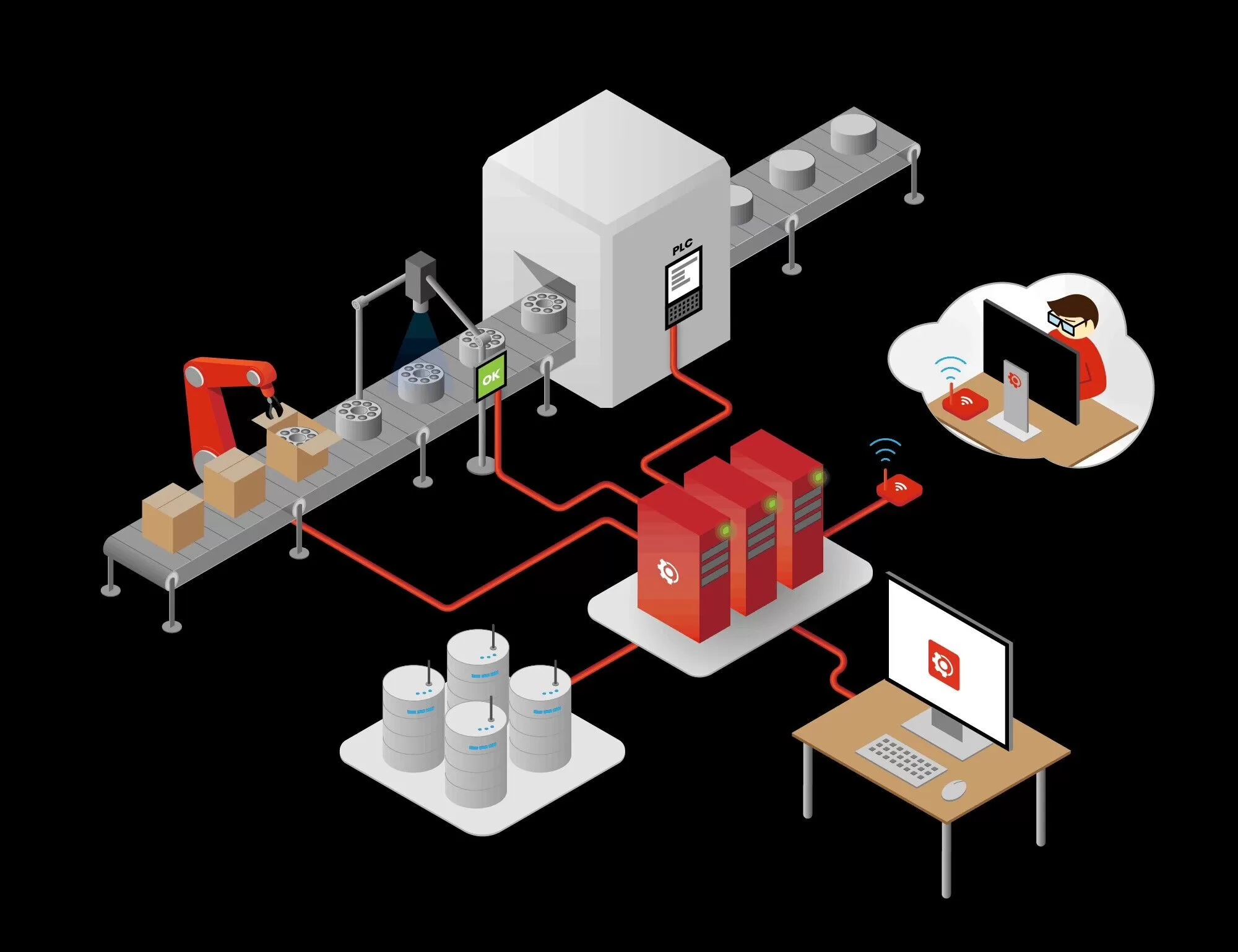
- Prevention of Contamination: Hygienic Design aims to minimize the contamination of food, pharmaceutical articles or other sensitive materials. A range of actions can be implemented to achieve this. Exclusion of animals from the packshed through doors or curtains to non-baited rodent traps.
The Role of Stainless Steel
Stainless steel plays a pivotal role in hygienic design, offering a range of benefits that make it ideal for food processing and packaging equipment:
- Corrosion Resistance: Stainless steel is highly resistant to corrosion from food products, cleaning agents, and sanitizers, ensuring the longevity and integrity of equipment.
- Cleanability: The smooth, non-porous surface of stainless steel is easy to clean and sanitize, minimizing the risk of microbial contamination.
- Durability: Stainless steel is a robust material that can withstand the rigors of food processing operations, providing long-term reliability.
- Hygienic Properties: Stainless steel does not harbor bacteria or other microorganisms, making it a safe choice for food contact surfaces.
Compliance and Standards
Adhering to established standards and guidelines is essential for ensuring the effectiveness of hygienic design practices. Key organizations and standards include:
- EHEDG (European Hygienic Engineering & Design Group): EHEDG provides guidelines and certifications for hygienic equipment design, focusing on preventing microbial contamination and promoting food safety.
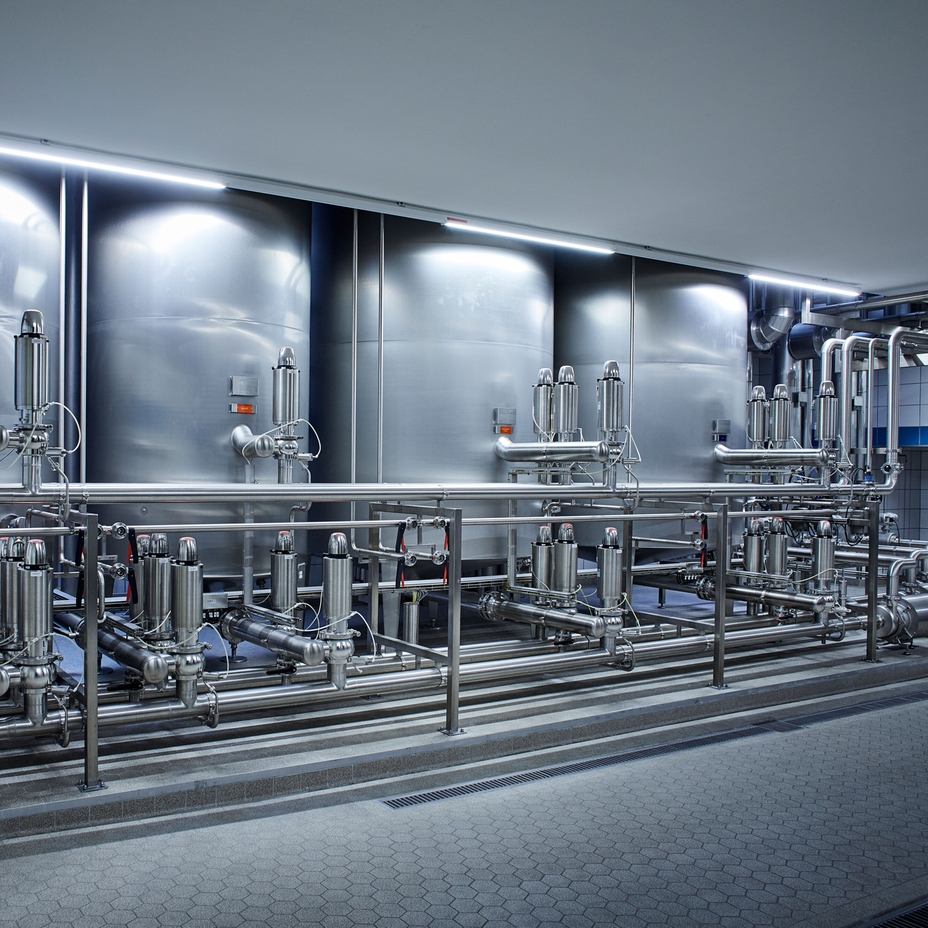
- 3-A Sanitary Standards: 3-A Sanitary Standards develop standards for equipment used in the processing of milk and other dairy products, ensuring hygienic design and construction.
- NSF International: NSF International develops standards and certifies products for food safety, including food processing equipment.
- FDA (Food and Drug Administration): As KIPP is a global player, our standard and operating parts in Hygienic DESIGN have also to fulfill the quality requirements of the FDA.
Hygienic Design in Packaging Lines: Specific Considerations
Packaging lines present unique challenges in maintaining hygienic standards. Here are some specific considerations:
- Material Selection: Packaging materials should be food-grade and compatible with the product being packaged.
- Equipment Design: Packaging equipment should be designed to minimize the risk of product contamination and facilitate cleaning and sanitation.
- Enclosures and Guards: Enclosures and guards should be used to protect product contact surfaces from environmental contamination.
- Air Handling: Air handling systems should be designed to prevent the introduction of contaminants into the packaging area.
- Cleaning and Sanitation: Regular cleaning and sanitation procedures are essential for maintaining hygienic conditions in packaging lines.
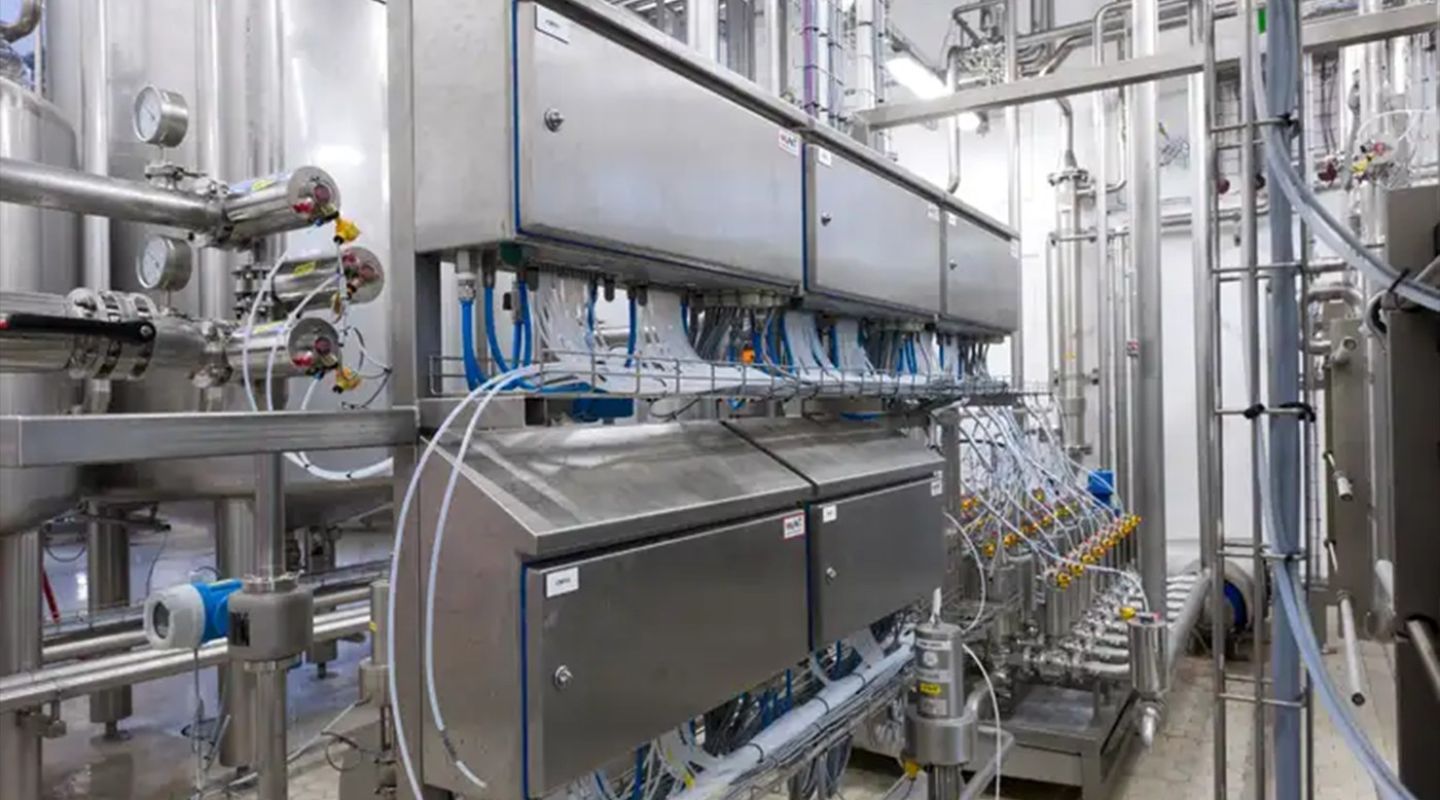
Implementation and Maintenance
Implementing hygienic design principles requires a comprehensive approach that extends beyond the initial equipment purchase. Ongoing maintenance and monitoring are essential to ensure the continued effectiveness of hygienic design practices. This includes:
- Regular inspections to identify potential vulnerabilities and areas for improvement.
- Proper cleaning and sanitation procedures to remove food residues and microorganisms.
-
Preventive maintenance to address potential equipment failures before they occur.
Table 1: Comparison of Materials Used in Food PackagingMaterial Advantages Disadvantages Stainless Steel Corrosion-resistant, easy to clean, durable, hygienic More expensive than other materials Food-Grade Plastics Lightweight, versatile, cost-effective Can be more difficult to clean than stainless steel, may not be suitable for all food products
| Glass | Inert, impermeable | Breakable, heavy |
Benefits of Hygienic Design
Investing in hygienic design and stainless-steel food packaging leads to multiple benefits which includes:
- Enhanced Food Safety: Minimizing the risk of contamination and preventing foodborne illnesses.
- Improved Product Quality: Ensuring consistent product quality and extending shelf life.
- Reduced Costs: Lowering the risk of recalls, reducing cleaning and sanitation costs, and improving operational efficiency.
- Regulatory Compliance: Meeting regulatory requirements and avoiding potential penalties.
- Enhanced Brand Reputation: Building consumer confidence and enhancing brand reputation.
Conclusion
By integrating hygienic design principles into food packaging lines and emphasizing food-grade stainless steel, manufacturers can significantly reduce contamination risks. This approach not only prioritizes consumer safety but also enhances product quality, operational efficiency, and brand reputation.
